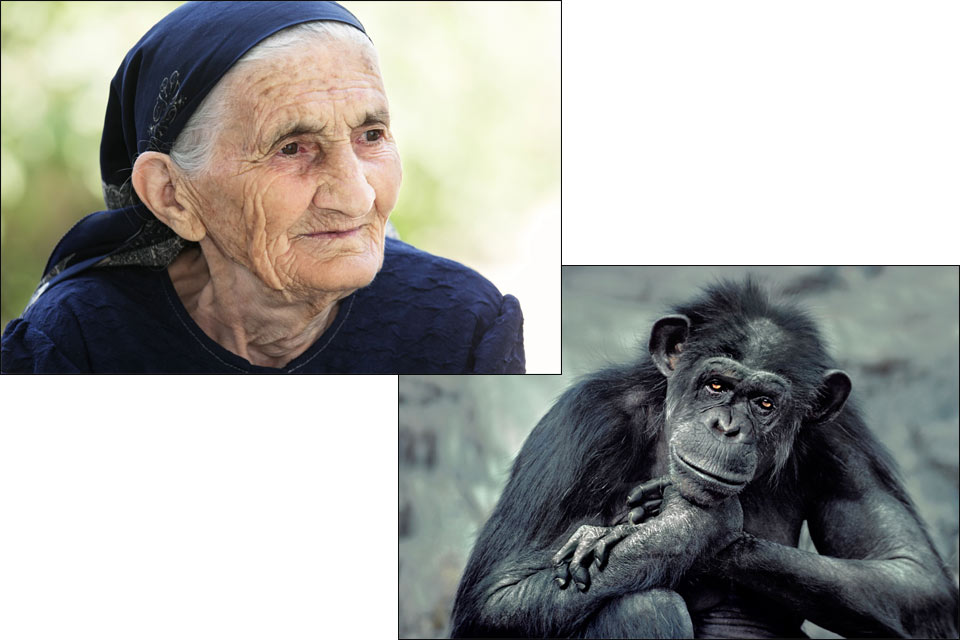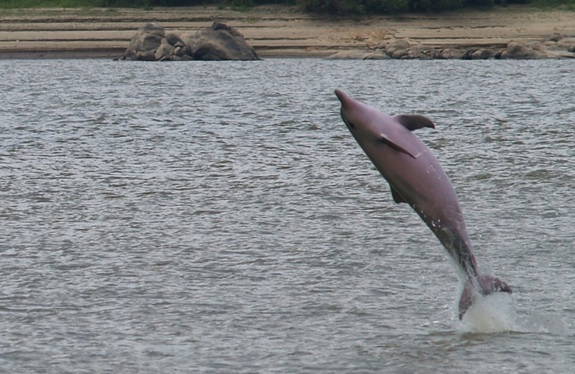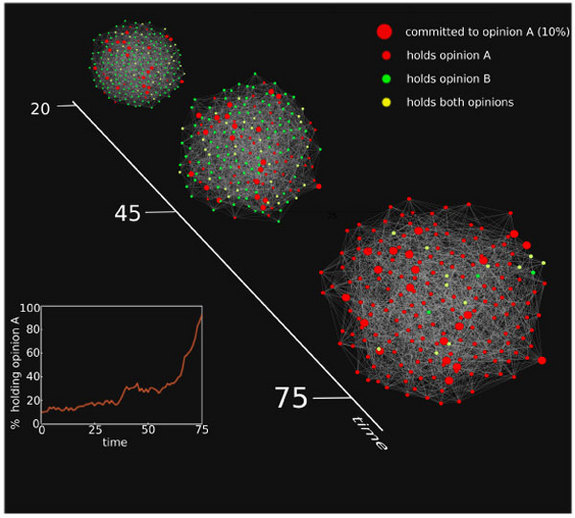
© (woman) Fotostock; (chimp) Danita Delimont/AlamyDownhill slope. Humans and chimps live relatively long lives, but only the human brain seems to degenerate over time.
The human brain is big, and it's powerful, able to dream up innovative solutions to complex problems. Yet our brains don't age well: As we grow older, they tend to shrink and become increasingly vulnerable to cognitive dysfunctions such as memory loss and dementia. A new magnetic resonance imaging (MRI) study comparing humans and chimpanzees finds that chimp brains maintain their size as they age. Slowly losing our minds, it turns out, may be the evolutionary price we pay for having bigger brains and longer life spans.
As far as researchers can tell, humans are the only animals subject to specific brain maladies such as Alzheimer's disease, which in the United States afflicts nearly 50% of people over the age of 85. But even normal, apparently healthy human brains show the effects of aging, such as the buildup of
amyloid-β plaque deposits and loss of neural connections, especially in regions linked to learning and memory. And previous studies of human brains have suggested that these brain regions, which include the frontal lobe and the hippocampus, are especially prone to shrinkage with age.
Although few similar studies of other primates have been conducted, recent research with rhesus monkeys has shown only very limited shrinkage with age. Nevertheless, the evolutionary lineages leading to humans and rhesus monkeys diverged about 30 million years ago, leaving scientists in the dark about when the human pattern of brain aging might have begun.




